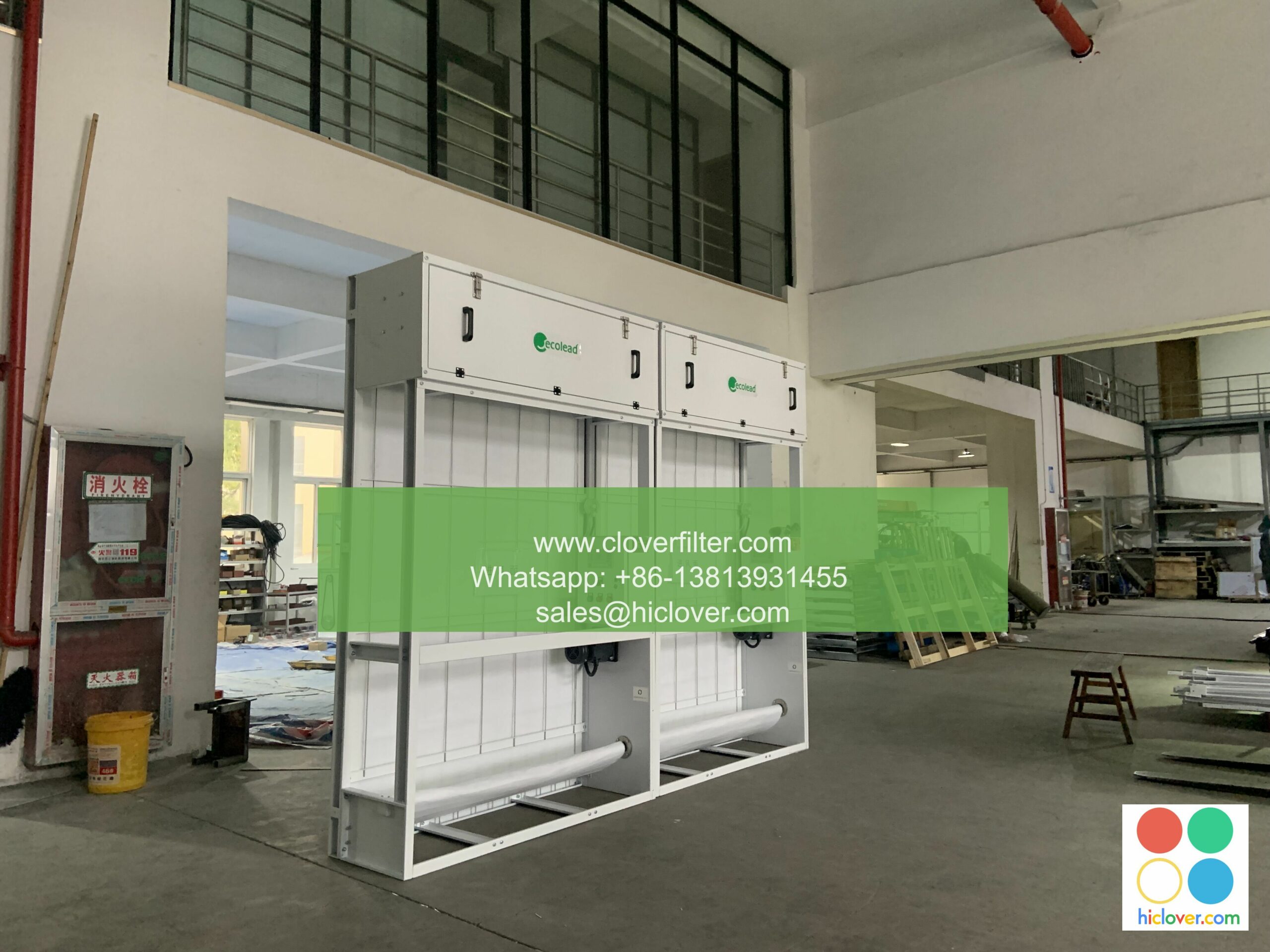Air Quality Monitoring: Essential for Industrial Ventilation Systems

Air Quality Monitoring: Essential for Industrial Ventilation Systems
In the industrial sector, maintaining a safe and healthy working environment is crucial for the well-being of employees and the success of the organization. One of the key factors in achieving this is ensuring that the air quality within industrial premises is of high quality. This is precisely where air quality monitoring comes in, playing a vital role in industrial ventilation systems.
Why is Air Quality Monitoring Important?
Air quality monitoring is essential for industrial ventilation systems because it helps to:
Ensure Compliance with Regulations
Air quality monitoring ensures that industrial facilities comply with relevant regulations and international standards, such as the US Occupational Safety and Health Administration (OSHA) guidelines. Failing to monitor and maintain good air quality can result in serious consequences, including fines and even shutdowns.
Protect Worker Health
Industrial workers are often exposed to hazardous substances, airborne pollutants, and gases, which can cause serious health problems. Air quality monitoring helps to identify and address these issues, reducing the risk of respiratory diseases, fatigue, and other health concerns.
Optimize Ventilation Systems
Effective air quality monitoring enables facilities to optimize their ventilation systems, ensuring that they are working efficiently and effectively. This can lead to significant cost savings and improved health outcomes for employees.
Key Applications for Air Quality Monitoring in Industrial Ventilation Systems
Air quality monitoring is a crucial component of various industrial settings, including:
Chemical Plants
Chemical plants require rigorous air quality monitoring to detect and prevent the release of hazardous substances into the air.
Steel Mills
Steel mills produce large amounts of dust and particulate matter, necessitating regular air quality monitoring to ensure compliance with regulations and maintain a safe working environment.
Petrochemical Complexes
Petrochemical complexes involve the handling of hazardous chemicals and fuels, making air quality monitoring critical for employee safety and environmental protection.
Warehouses
Warehouses handling bulk materials, such as grains or chemicals, require air quality monitoring to prevent the release of airborne pollutants and maintain a healthy indoor environment.
Conventional and Renewable Power Plants
Power plants, both conventional and renewable, generate large amounts of particulate matter and gas emissions, demanding regular air quality monitoring to ensure compliance with environmental regulations.
Air Quality Monitoring Techniques and Technologies
Air quality monitoring can be performed using various techniques and technologies, including:
Real-Time Monitoring
Real-time monitoring provides instant feedback on air quality levels, enabling swift responses to changes in the environment.
Continuous Monitoring
Continuous monitoring ensures consistent, 24/7 monitoring of air quality, helping to identify trends and patterns.
Portable Monitoring
Portable monitoring units allow for easy deployment in diverse environments, such as warehouses or construction sites.
Conclusion
Air quality monitoring is a vital component of industrial ventilation systems, ensuring worker safety, compliance with regulations, and optimization of ventilation systems. By implementing air quality monitoring solutions, industrial facilities can prevent costly fines, reduce healthcare costs, and maintain a positive reputation in the community. By highlighting the importance of air quality monitoring in industrial settings, we can promote a culture of safety, health, and environmental responsibility.
I’d love to help! Can you please provide a prompt for me to work with? What would you like to talk about or ask?


